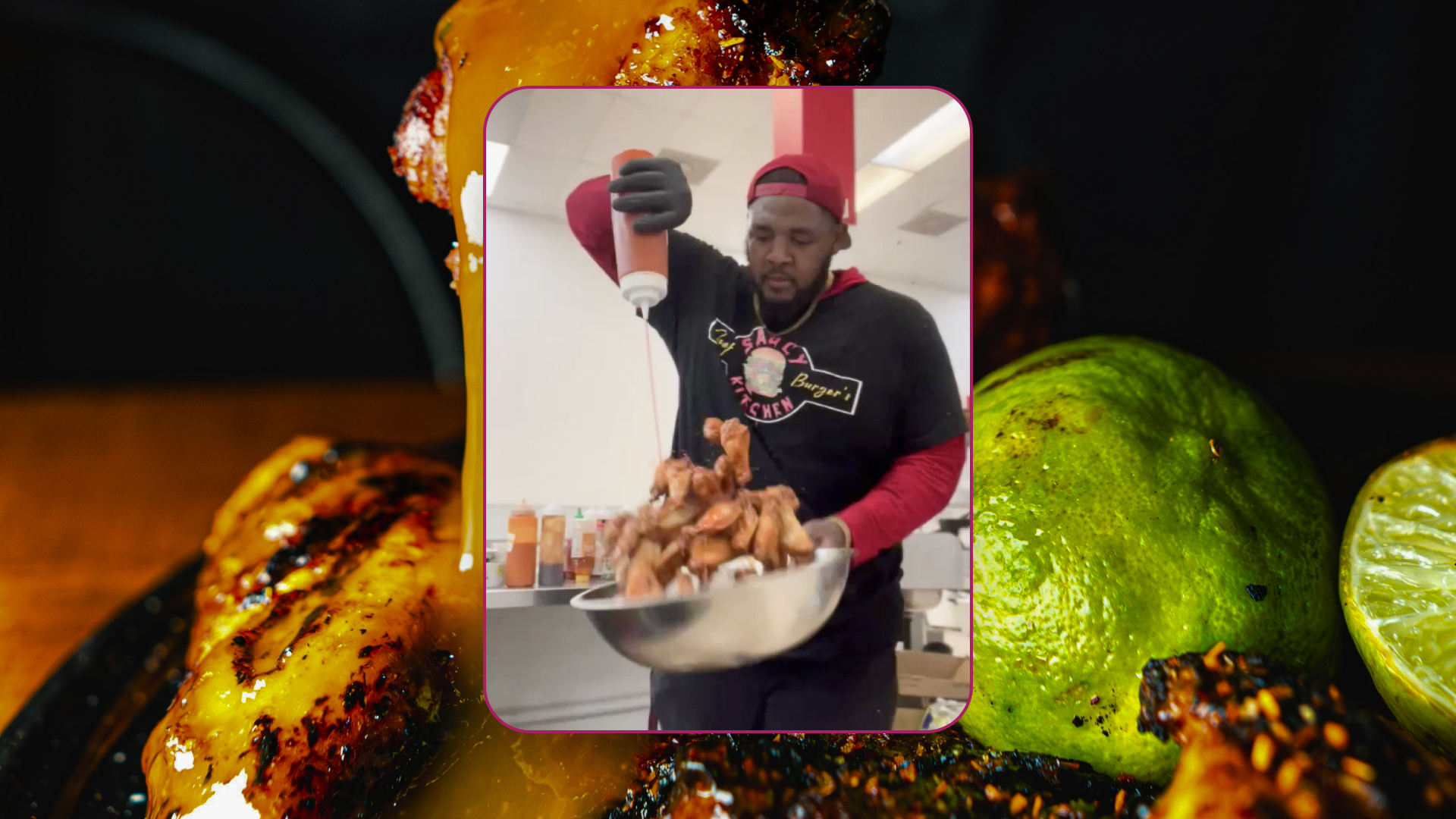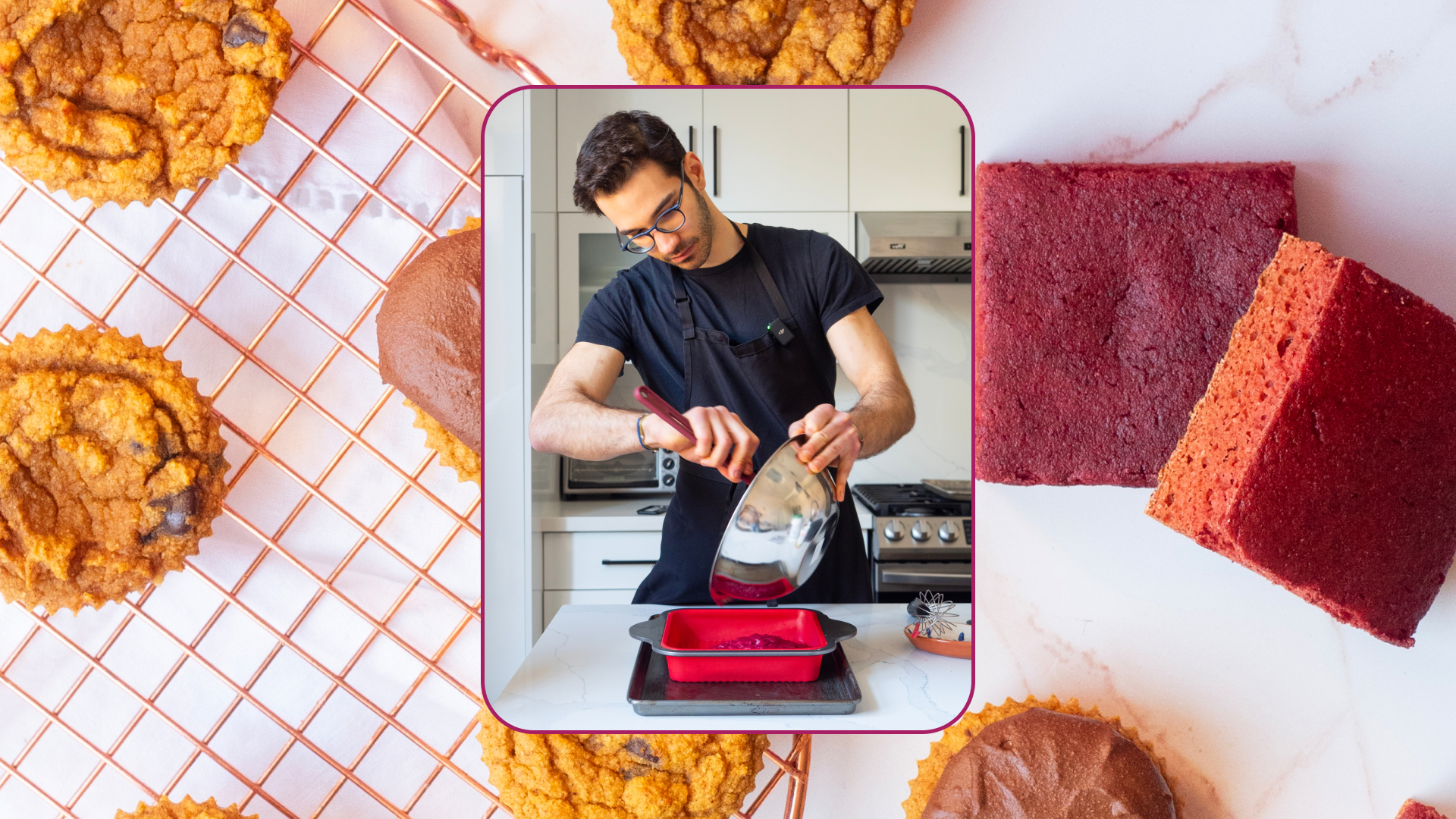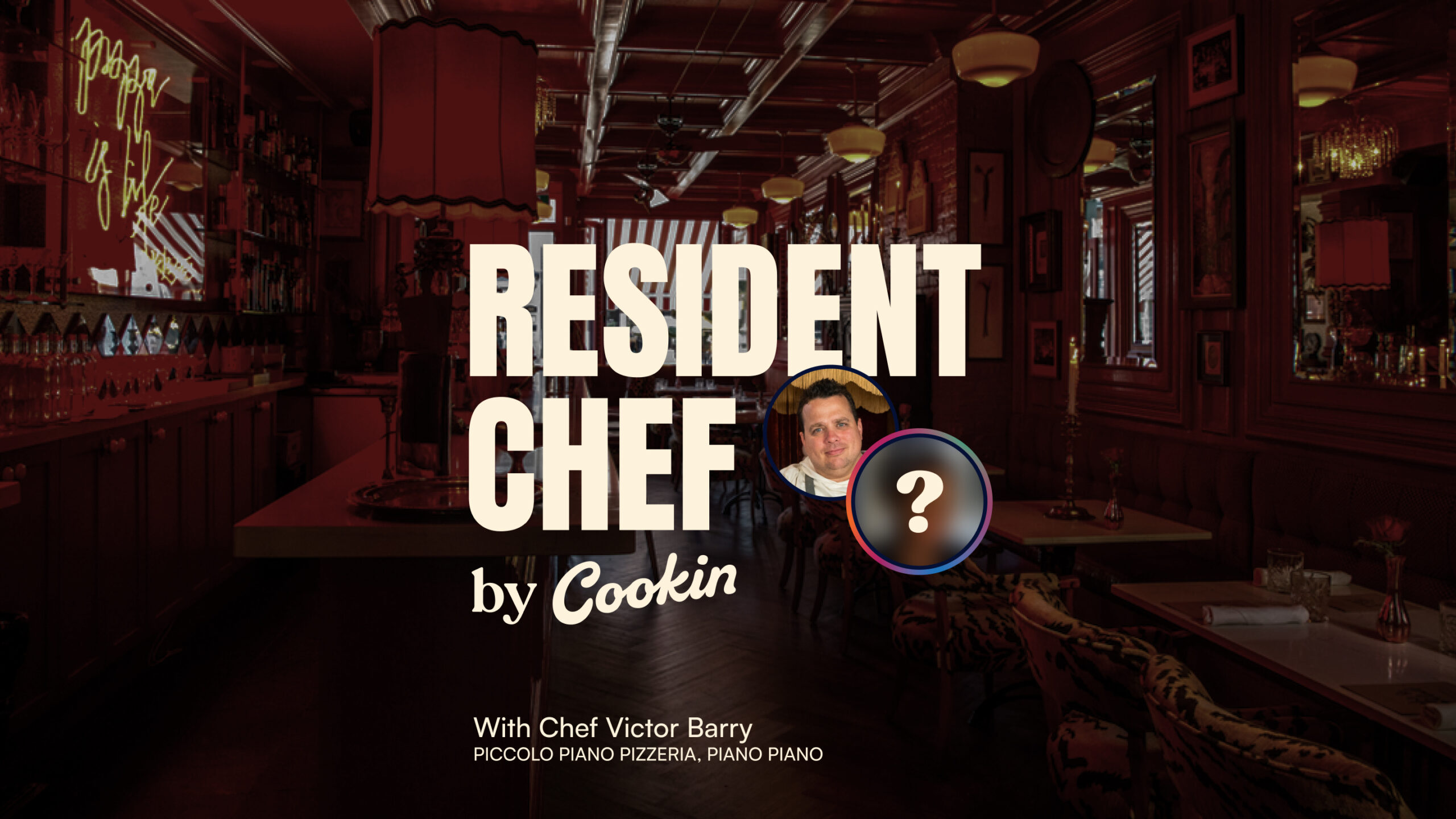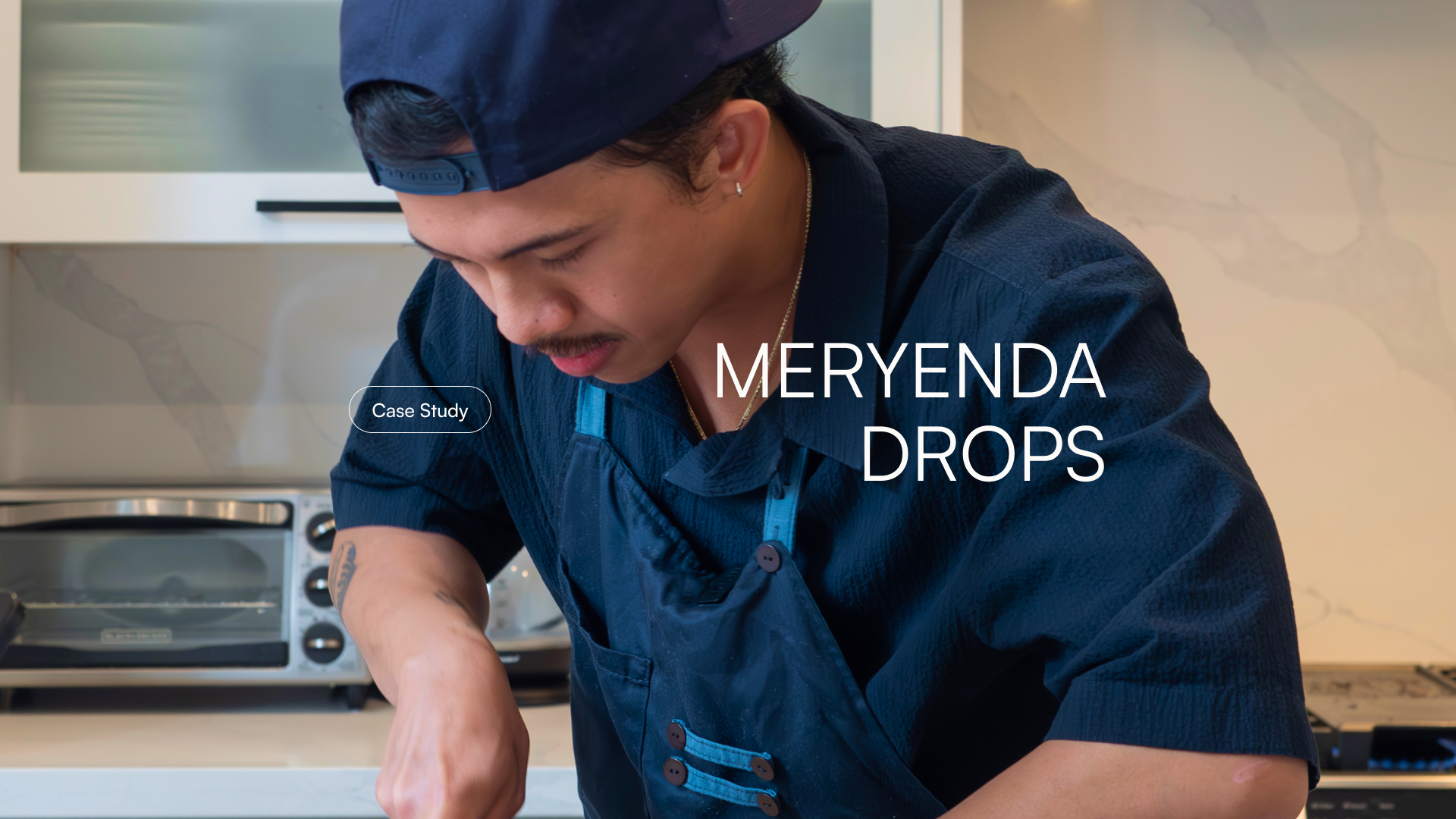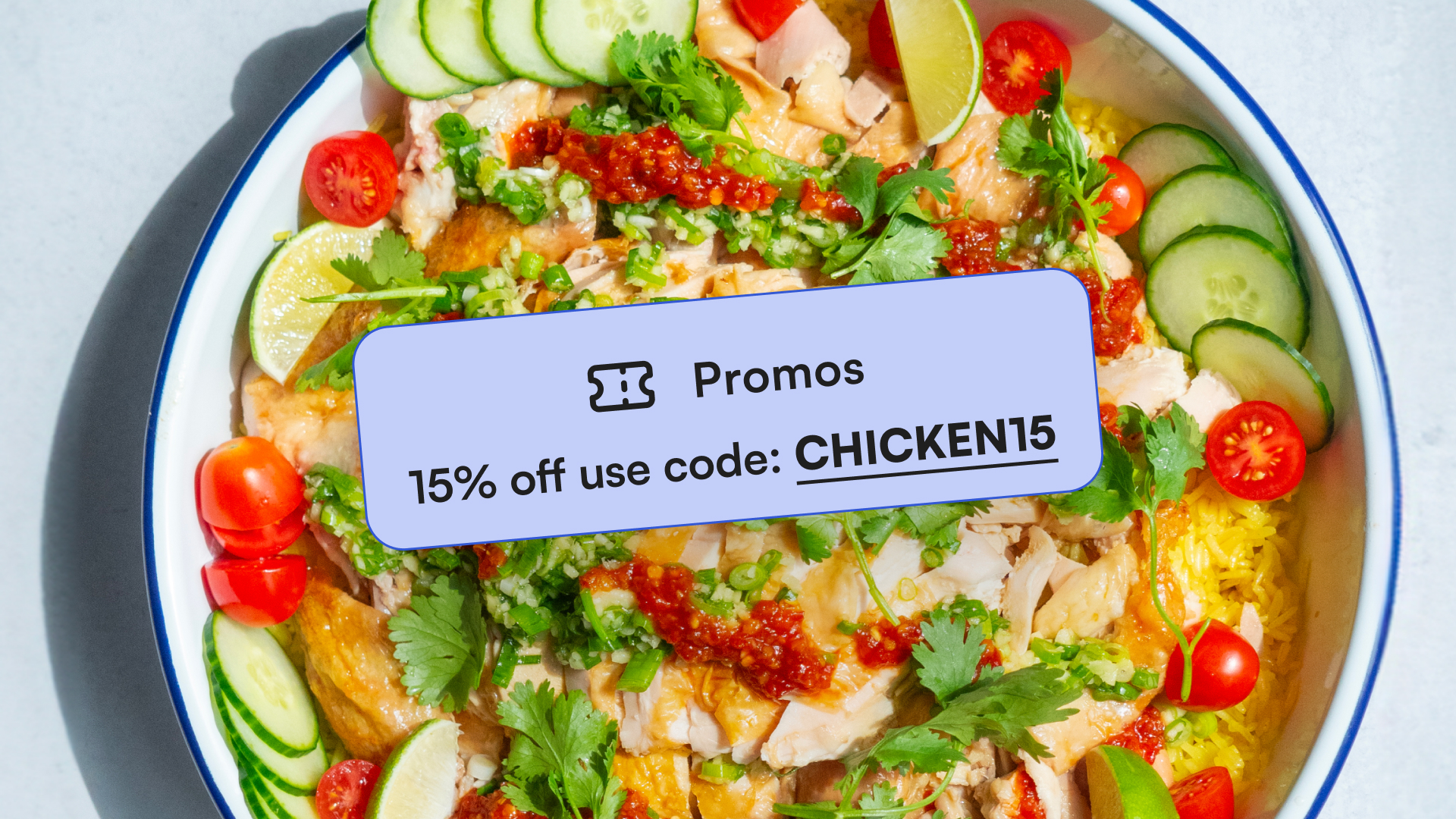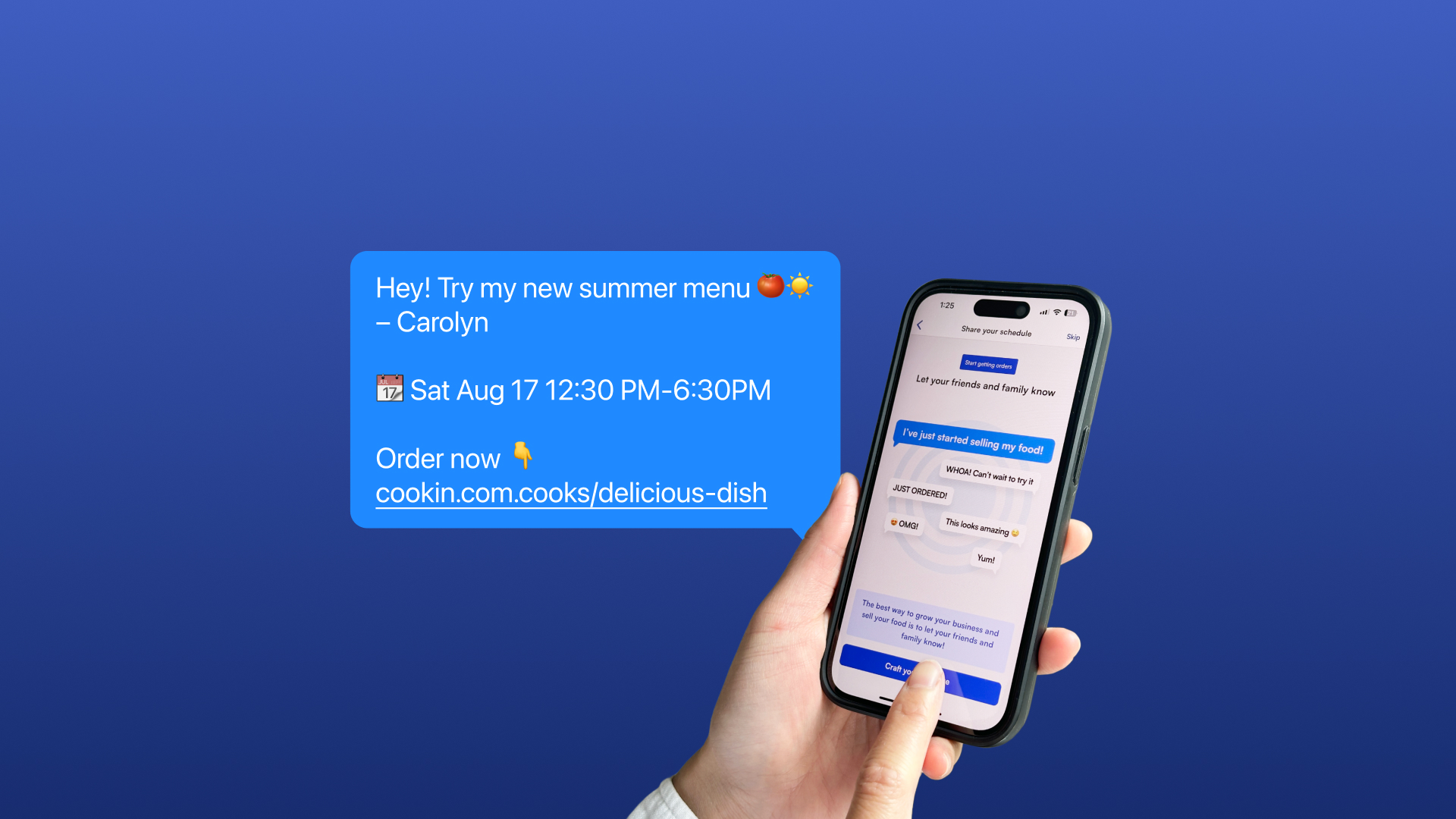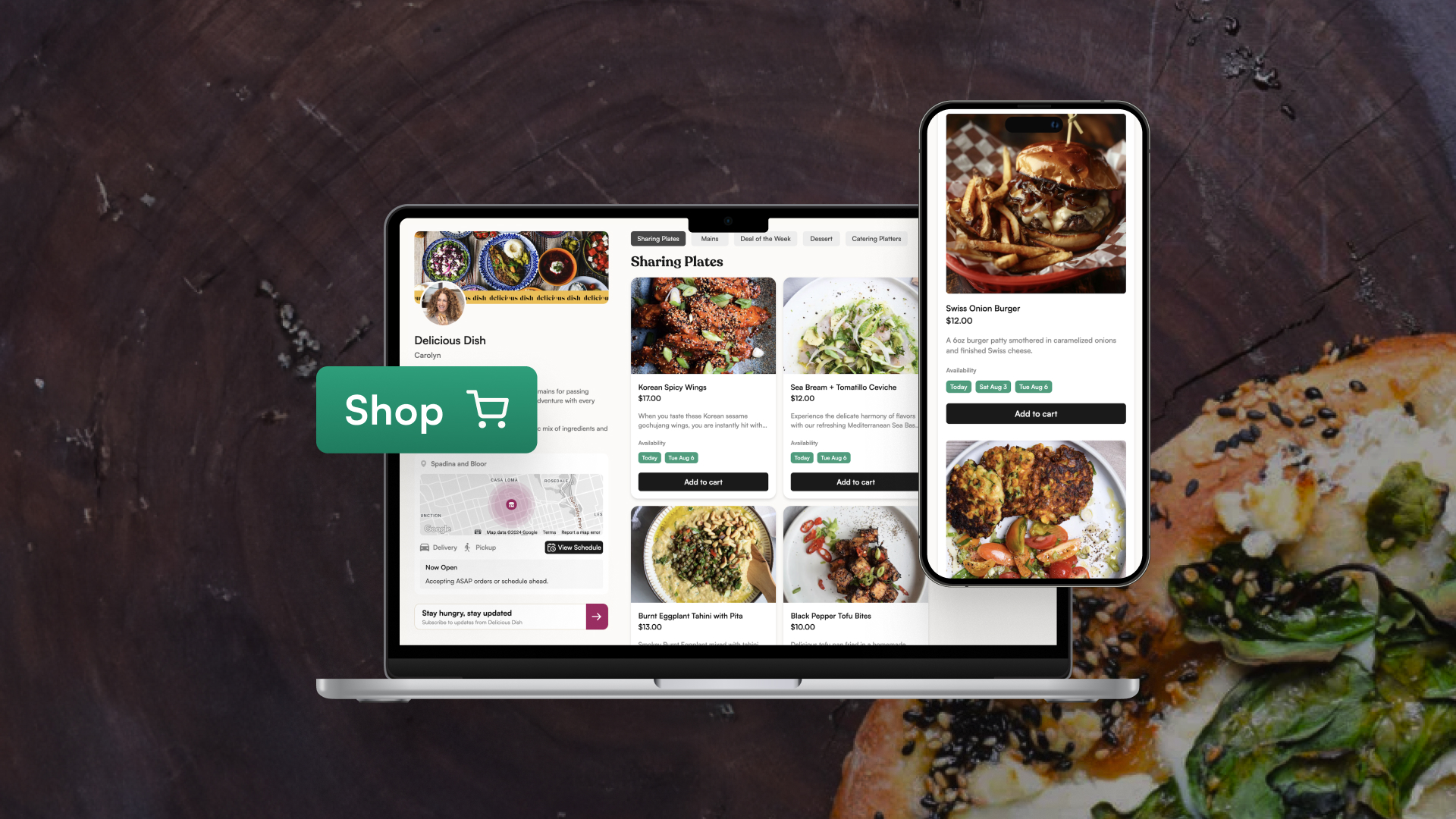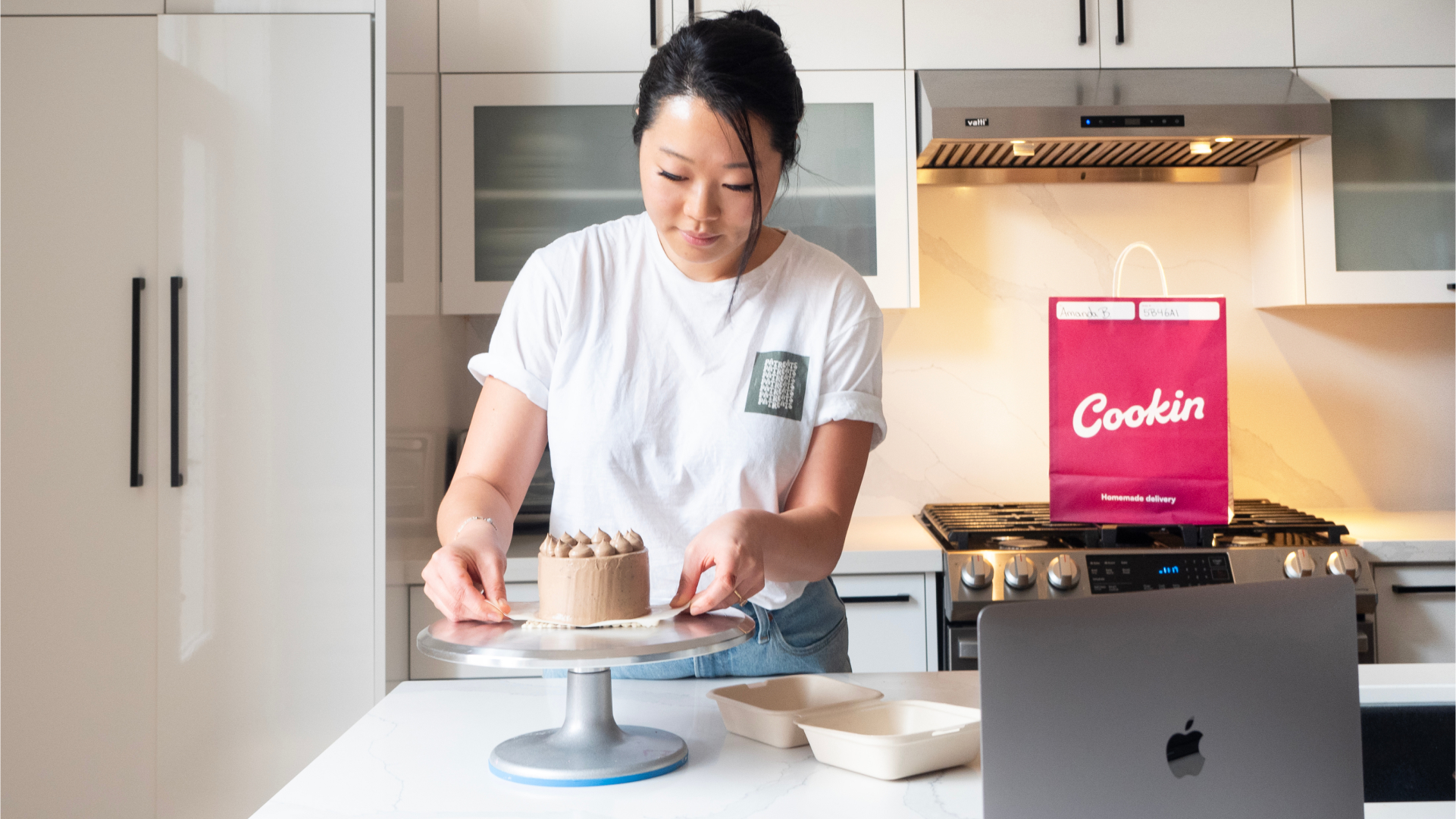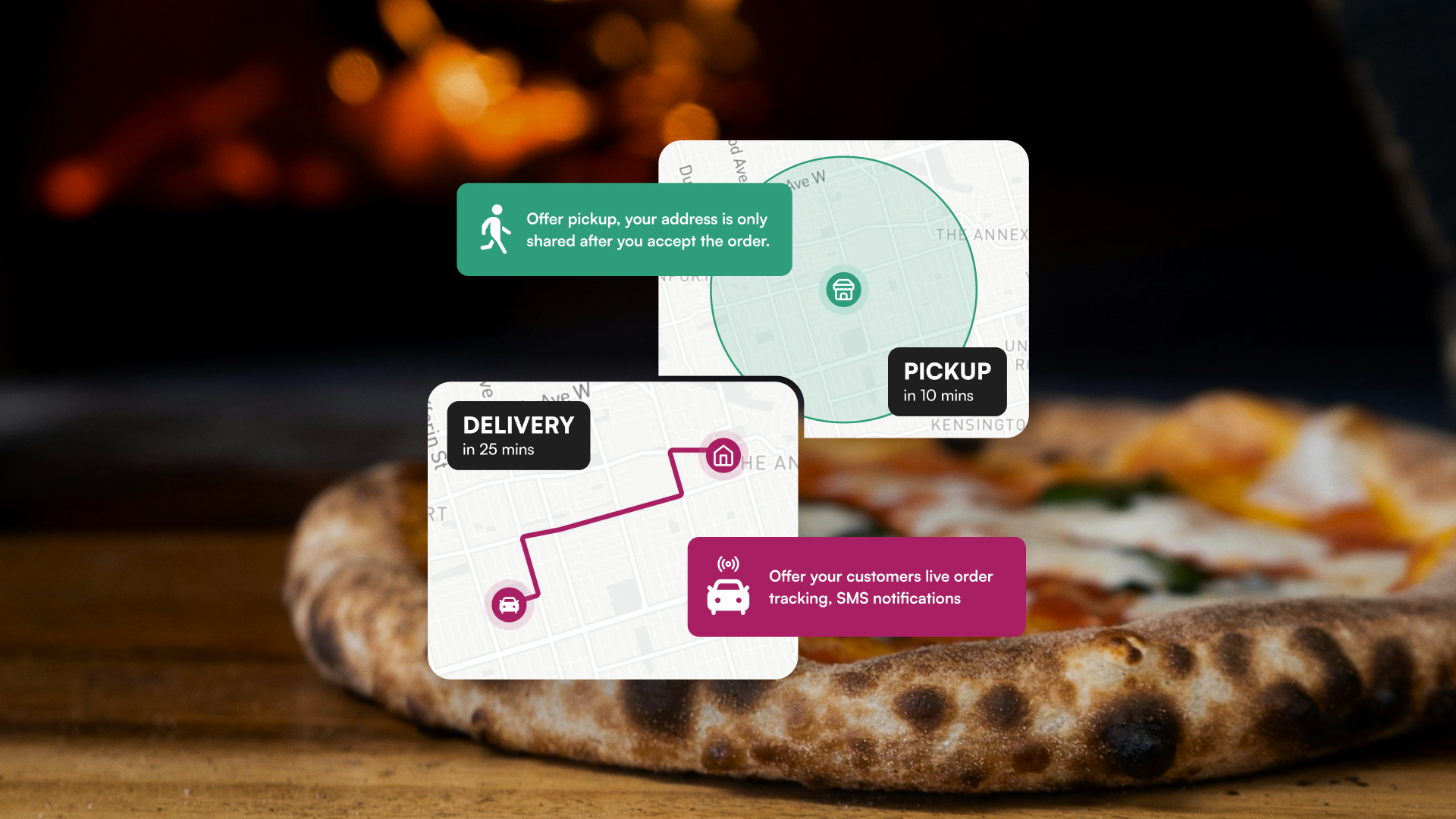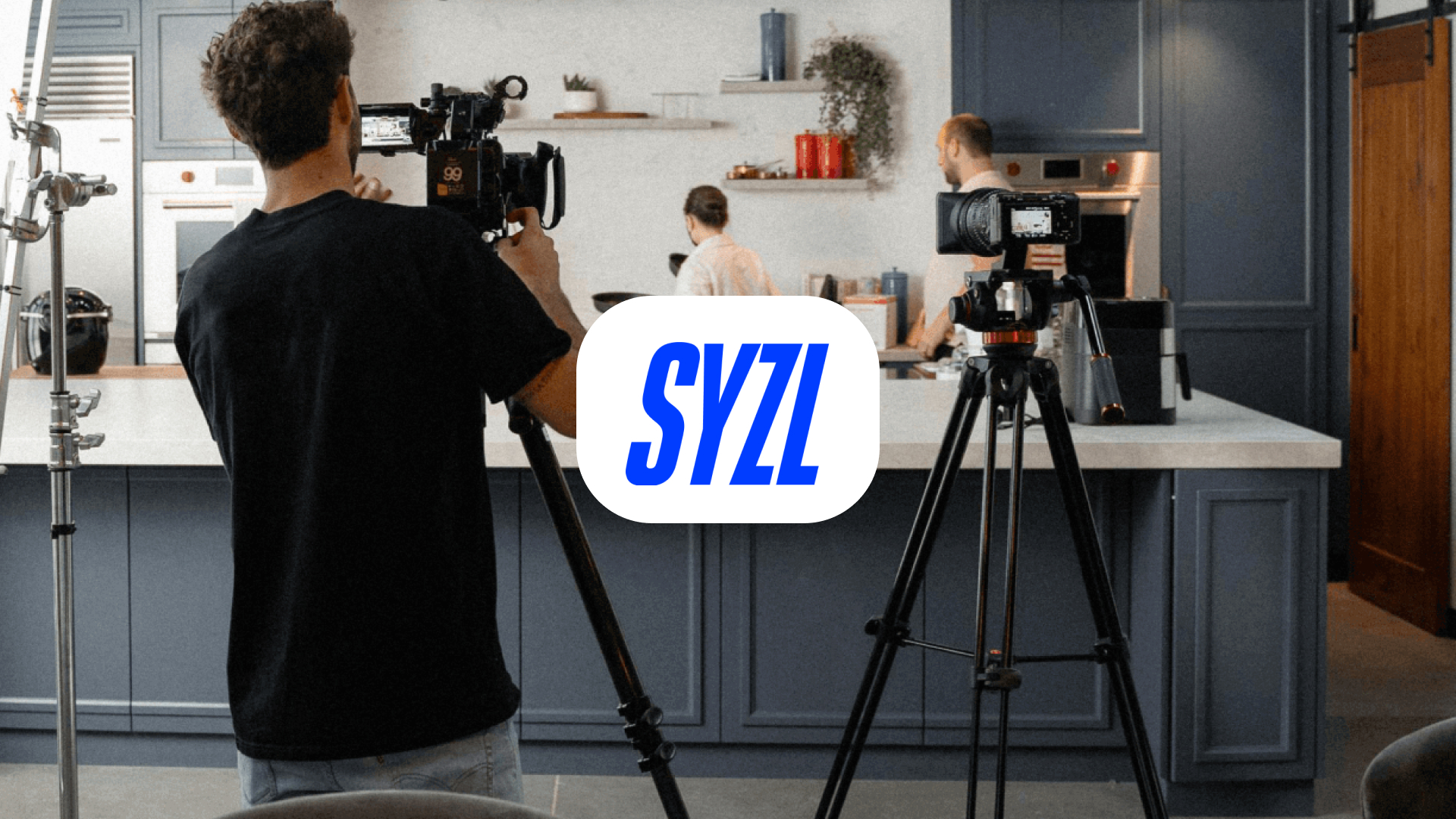– BY CAROLYN COHEN
It’s not easy. I thought it was going to be easy. Honestly, selling food was never my issue. When I launched Delicious Dish, my boutique cooking school, the food sold itself. I knew how to cook. I knew how to make people excited about food. What I didn’t know was how to keep myself organized amidst the whirlwind of running a business.
One of the biggest hurdles I had to overcome was learning how to be persistent without being pushy. I constantly reinvented my menus—never repeating a meal or cooking class. That’s tough. However, I knew that staying fresh and introducing new elements was essential to keeping clients engaged.
And that’s where the real opportunity lies! This practice helped me not only keep customers excited but also refine my organizational skills.
Organization Isn’t Instinctive—It’s Learned
Here’s the thing. You might think that organization comes naturally to some people, but I promise you, it didn’t for me. Organization is a learned skill—especially when you’re balancing multiple roles as a chef and business owner.
When I joined Cookin as the Head of Chef Success, I thought I’d have all the answers. However, I quickly realized that supporting talented food creators in growing their businesses required something more than just great food. It required systems and organization. I missed being in the kitchen, so I decided to do something about it.
I wanted to put myself back in the shoes of the chefs I work with daily—to understand the challenges firsthand. So, I decided to do a drop—a Friday night dinner, just like I used to.
The Drop: Organization in Action
Before I even planned my menu, I got organized. And not just in the kitchen.
I started by using Instagram polls and DMs to gauge interest and get feedback.
Then, I used a question box to gather phone numbers, giving me a direct line of communication with my customers. That way, when it was time for my drop, I could Notify them early—offering them exclusive access to order before anyone else.
Early access helped build hype, and I saw firsthand how valuable direct communication with your audience can be.
Marketing and Early Access: Key Takeaways
When you’re running a food business, it’s all about being smart with your marketing.
Here’s what I’ve learned:
Early access
One of the most powerful tools I’ve used is offering early access to meals. I collected phone numbers through Instagram’s question box and sent personalized messages directly to those customers.

Having a Cookin storefront simplified the process further—customers could see the menu, pre-order their meals, and pay all in one place.
Consistency is key
You have to stay persistent with your marketing efforts. When you’re consistent, it keeps you top of mind. A simple message like, “No pressure, but there are only a few spots available,” can spark urgency without feeling pushy.
Personalization
Reach out to individuals directly. A personal touch goes a long way. When I send out messages with Notify, I make sure they feel personal: “Hey, it’s Carolyn. You requested my meal for Friday night.” People appreciate that extra effort.
Multi-channel approach
Not everyone sees your social media posts, and relying solely on them can be risky—don’t put all your eggs in one basket. When I ran Delicious Dish, email was my primary communication channel. Over the years, I built up a large list of client contacts, so I wanted to make the most of those relationships.
With Cookin’s built-in marketing tools—like Notify, Subscribe to a Chef, and Promos—I also use a multi-channel strategy. I create email content for my clients, directing them to my Cookin storefront.

After sending Notify messages, it’s easy to share links through WhatsApp, social media, and other platforms. This way, I reach more customers and ensure no one misses out.
Preparation Is Everything
The real magic, though, was in the prep. If there’s one takeaway I want every chef to remember, it’s that preparation is everything.

Here’s what worked for me:
Batch cooking
Anything that could be done ahead of time, I did. Cookie dough balls? Done. Soup? Made in bulk and frozen in advance.
Grocery shopping in phases
I divided my grocery shopping into two categories—dry goods and perishables. That way, I wasn’t overwhelmed all at once and could focus on freshness.
Organized cooking schedule
Tuesday was my prep and cook day, but by Friday, I was only handling the items that needed to be fresh, like mashed potatoes or salad dressing.
Labelling
I labelled everything. From portion sizes to heating instructions, I made sure my customers knew exactly what they were getting.

I also used a checklist to ensure each client received all components of their meal —no missed items, no surprises.
To stay organized, I packed everything into a cardboard box for each client, which made it easier to manage orders and ensure every detail was accounted for.
Offering pickup options
Many of my clients live in the community and used to attend my cooking classes in person, so I knew that pickup was a great option for them.

Cookin makes it easy to offer both delivery and pickup options, so chefs can tailor their service to what works best for their customers.
Invest in your kitchen
My kitchen is my playground, and it’s so important to invest in tools and setups that streamline your workflow.
I can’t emphasize enough how a well-organized kitchen makes a world of difference. It’s worth investing in a space that’s efficient and fully stocked for your needs.
This level of organization wasn’t something I picked up overnight—it was learned through trial and error. But it’s what allowed me to not only execute the drop smoothly but also ensure my customers had a flawless experience from start to finish.
Consistency and Building Hype
If there’s anything I’ve learned from my time at Cookin, it’s that consistency is key. Whether it’s consistent messaging on social media or reliable execution in the kitchen, your clients need to know that you’re there.
I’ll be honest, I haven’t been as consistent with my social media as I was before joining Cookin. But I’ve seen firsthand how vital it is to stay in front of your audience. You can’t just pop up when you have something to sell and expect them to jump. You have to keep them engaged all the time—whether you’re promoting something or not.
That’s why I stress the importance of staying organized. When you’re organized, everything runs smoother, and you can focus on the big picture—like building relationships with your customers and keeping them coming back for more.
Organization doesn’t just make your life easier; it also helps you grow your business.
Takeaways for Aspiring Chefs
If you’re a chef looking to grow your business, here’s what I recommend:
Start small
Don’t overwhelm yourself by trying to do too much at once. Focus on making seven or so meals, perfecting them, and then gradually increase your offerings.
Build hype
Use social media to gauge interest, offer early access, and create FOMO (Fear of Missing Out) around your drops. People love feeling like they’re part of something exclusive.
Stay organized
Whether it’s in the kitchen or with your marketing efforts, being organized allows you to scale your business without losing your mind.
Engage consistently
Consistent social media engagement is key. Don’t go quiet when you don’t have anything to sell. Keep your audience connected to your journey, so when you are ready for a drop, they’re already excited.
At the end of the day, running a food business is as much about organization and consistency as it is about cooking great food.
Remember, organization is a learned activity. So, start small, stay consistent, and keep building.

Follow Carolyn on Instagram!
Head of Chef Success Cookin ❤️🍽️
Her mission is to empower talented food creators to grow their businesses!💥


